/AMBIVALENT 2017 – 2018
China is clearly the largest investor in renewable energy sources worldwide, and is massively furthering their development. Numerous mega projects are being conceived and launched in order to tackle the country‘s largest environmental problem: smog. The severe air pollution takes several hundred thousand human lives annually, and is the driving force behind the investments. However, most of the country‘s electricity needs continue to be generated using fossil fuels. Above all, coal power plants are a defining characteristic of the skylines in the provinces of Shanxi and Hebei; they are generally considered the main contributors to air pollution.At the same time, hitherto unparalleled renewable energy power plants are being built. At the edge of the Gobi Desert, the largest wind farm in the world was recently put into operation, and the highland plateau of Qinghai will soon be home to a solar power plant that could not be more futuristic. However, developing such remote places for this purpose is extremely difficult, as a large portion of the energy is already lost en route while being transported to the metropolitan areas.
These investments are also expected to have a positive secondary effect on the global climate. The constantly falling price of photovoltaic modules has caused their proliferation to skyrocket, potentially paving the way to a greener future.


Coal power plant. Shijiazhuang, Hebei Province. In early 2017, the Chinese government decided to stop the construction of 100 coal power plants promptly. A year later, however, the course has changed again and the construction continues. The government got under pressure to loosen the restrictions due to power shortages in several regions as well as the urge of the electricity companies.
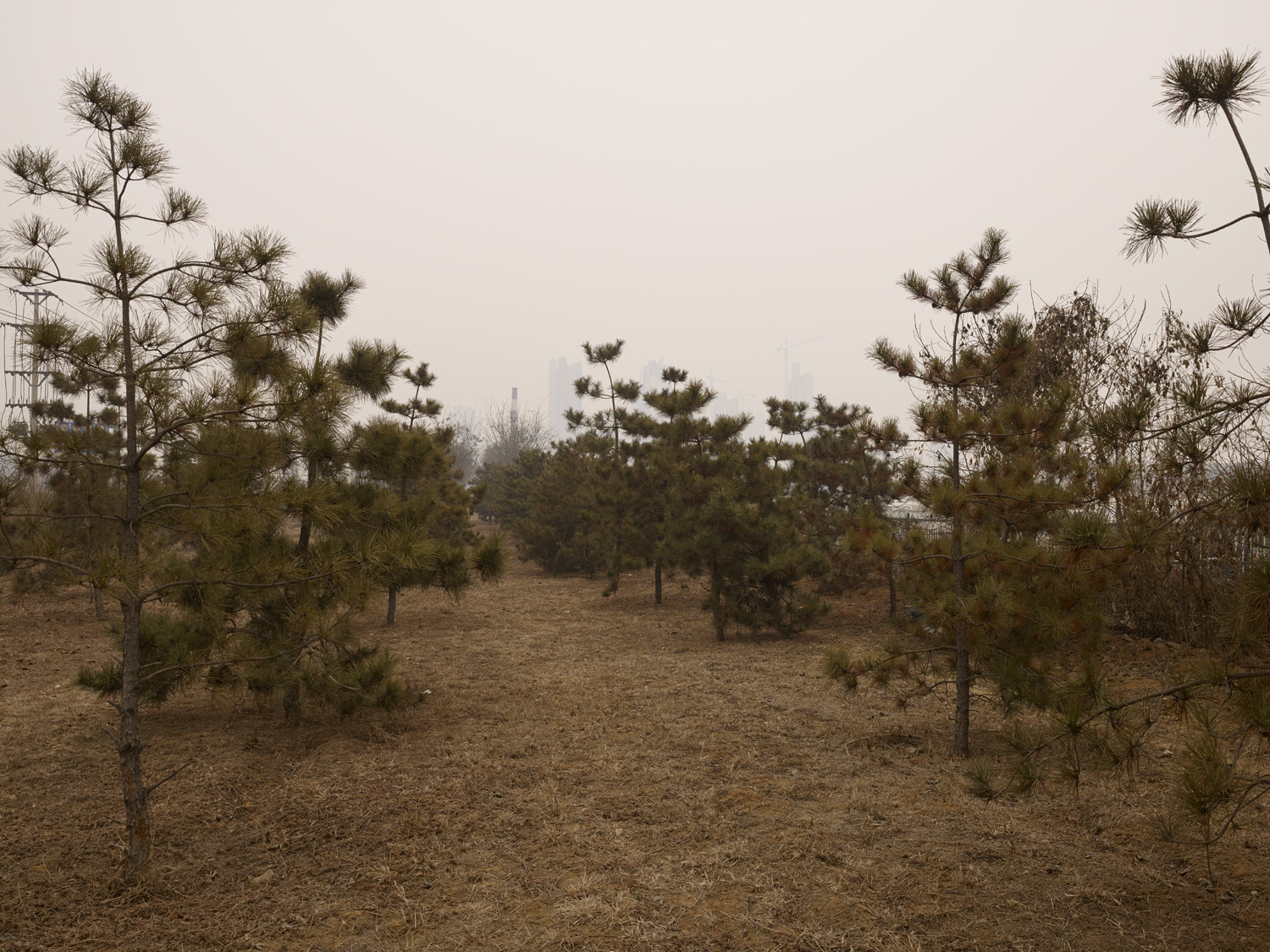
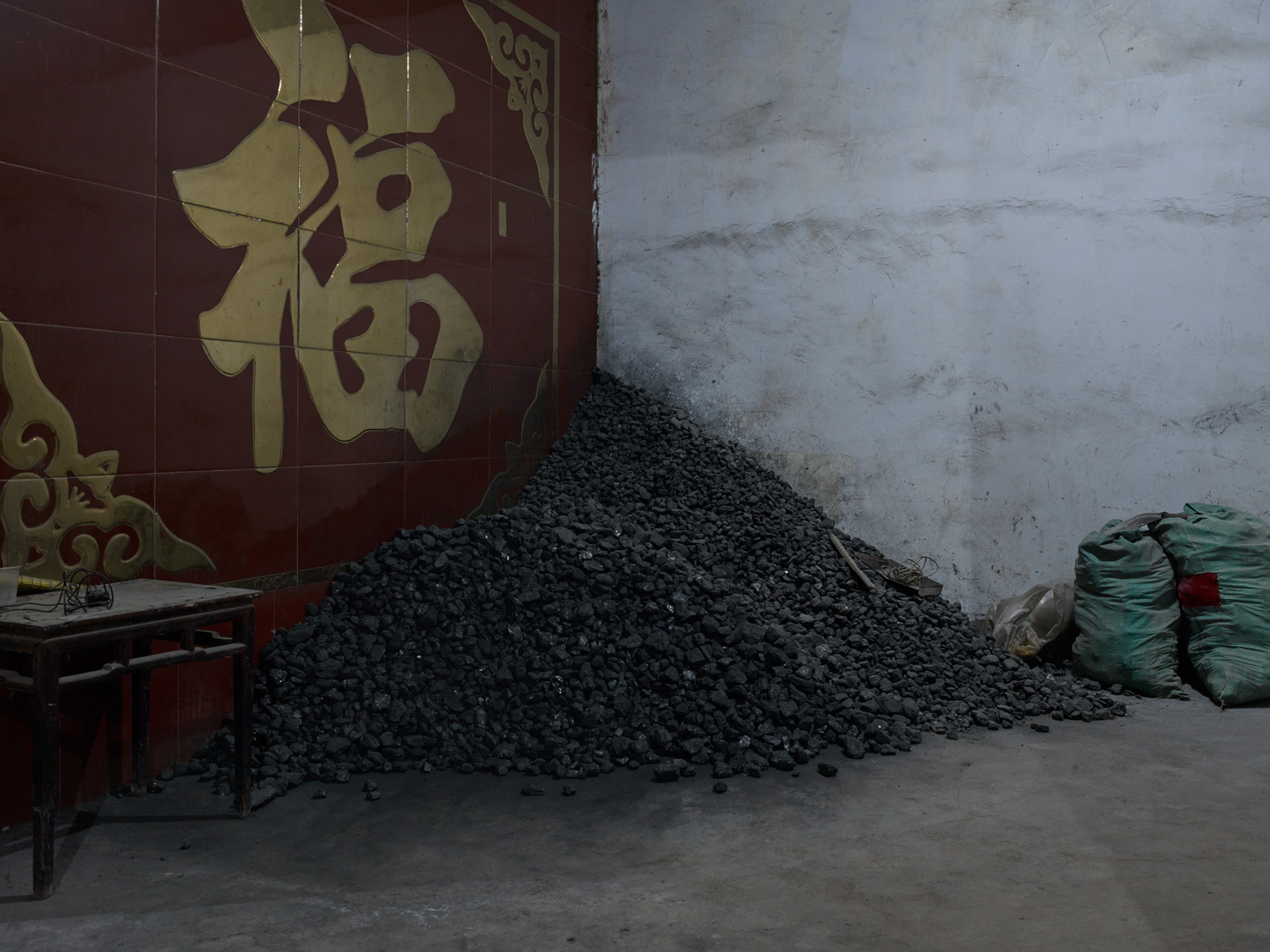 Coal stock. Linfen, Shanxi Province.
Coal stock. Linfen, Shanxi Province. Not only central coal power plants, factories and traffic are responsible for the smog, but also small heaters in rural houses that are fueled by firing coal. This is the very reason that especially in winter months, the level of particulate matter is at its highest peak.


Contaminated soil close to a steel factory. Linfen, Shanxi Province. According to Blacksmith Institute, Linfen was listed among the top 10 most polluted places on earth in 2006 – 2007. A Chinese ranking from 2007 that investigated 113 cities with their environmental standards, listed the city of Linfen at the very end. More than 600 polluters have been shut down in Linfen to counteract the problem.
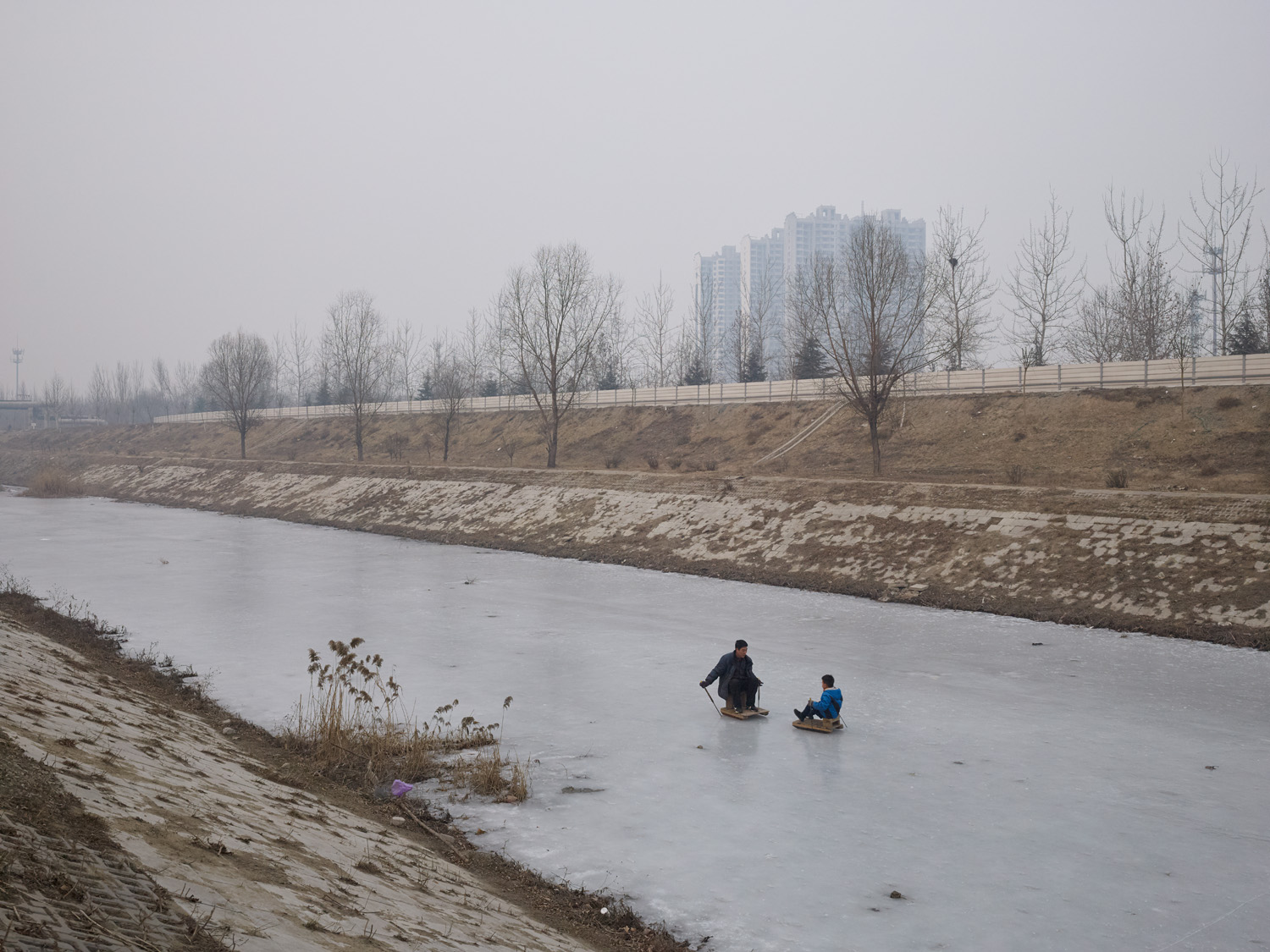


Parabolic through power plant. Delingha, Qinghai Province. This 50 MW power plant is China's first large scale parabolic through project. Located on an elevation about 2982 m above sea level, it’s also the highest in the world. The power plant consists of 9120 single through collectors arranged in 192 loops and it is equipped with a thermal storage, which provides a nominal output for another 9 h after sunset or bad weather condition. The orientation of the mirrors on the image indicates a rest position in which no electricity will be produced

Replaced turbine blades in Gansu wind-farm. Guazhou, Gansu Province. The Gansu wind-farm is located on the edge of Gobi Desert. It is the largest wind-farm in the world with more than 3500 turbines. The power plant consists of several partial wind-farms and should have an installed capacity of 20 GW by the year 2020.
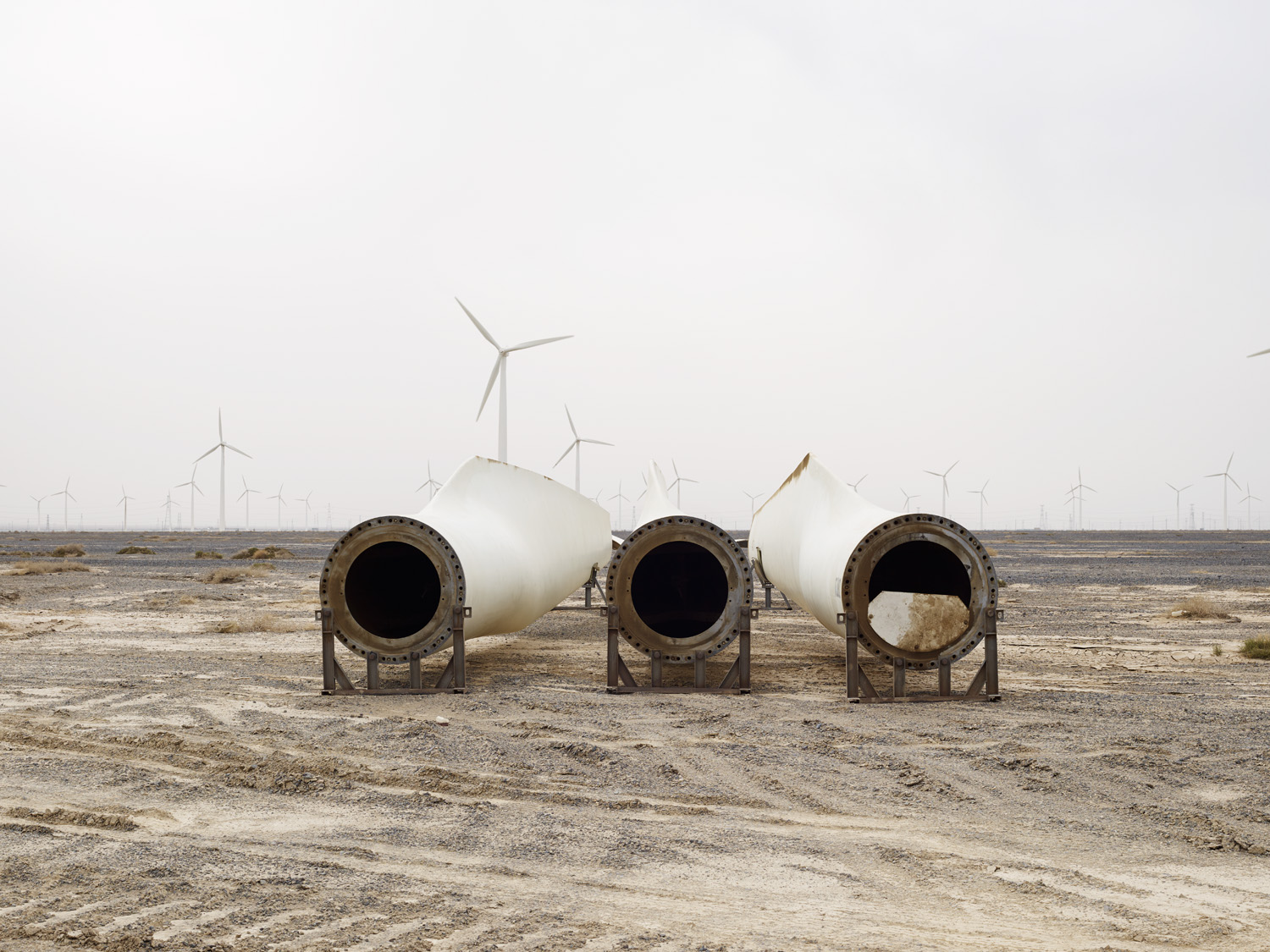




 Not fully assembled electricity pylon close to Gansu wind-farm. Guazhou, Gansu Province. Because of the wind-farm’s remote location and the local government who still relies on fossil fuels, 39 % of its potential energy is not being used, according to a study by NEA (National Energy Administration of China).
Not fully assembled electricity pylon close to Gansu wind-farm. Guazhou, Gansu Province. Because of the wind-farm’s remote location and the local government who still relies on fossil fuels, 39 % of its potential energy is not being used, according to a study by NEA (National Energy Administration of China).

Solar thermal testing facilities. Delingha, Qinghai Province. In the back, the construction of more powerful 135 MW plant is to occur. In the near future, a total of six such power plants will be built on an area of 13 square kilometers. Computer-controlled mirrors (Heliostats) reflect the sunlight to the receiver on top of the tower where water is circulating through a boiler and is heated up to 500 °C. The steam, generated in the process, drives a turbine that produces electricity.
 Smog. Zhengzhou, Hebei Province.
Smog. Zhengzhou, Hebei Province.
 AQI 389 (PM2.5)
AQI 389 (PM2.5)


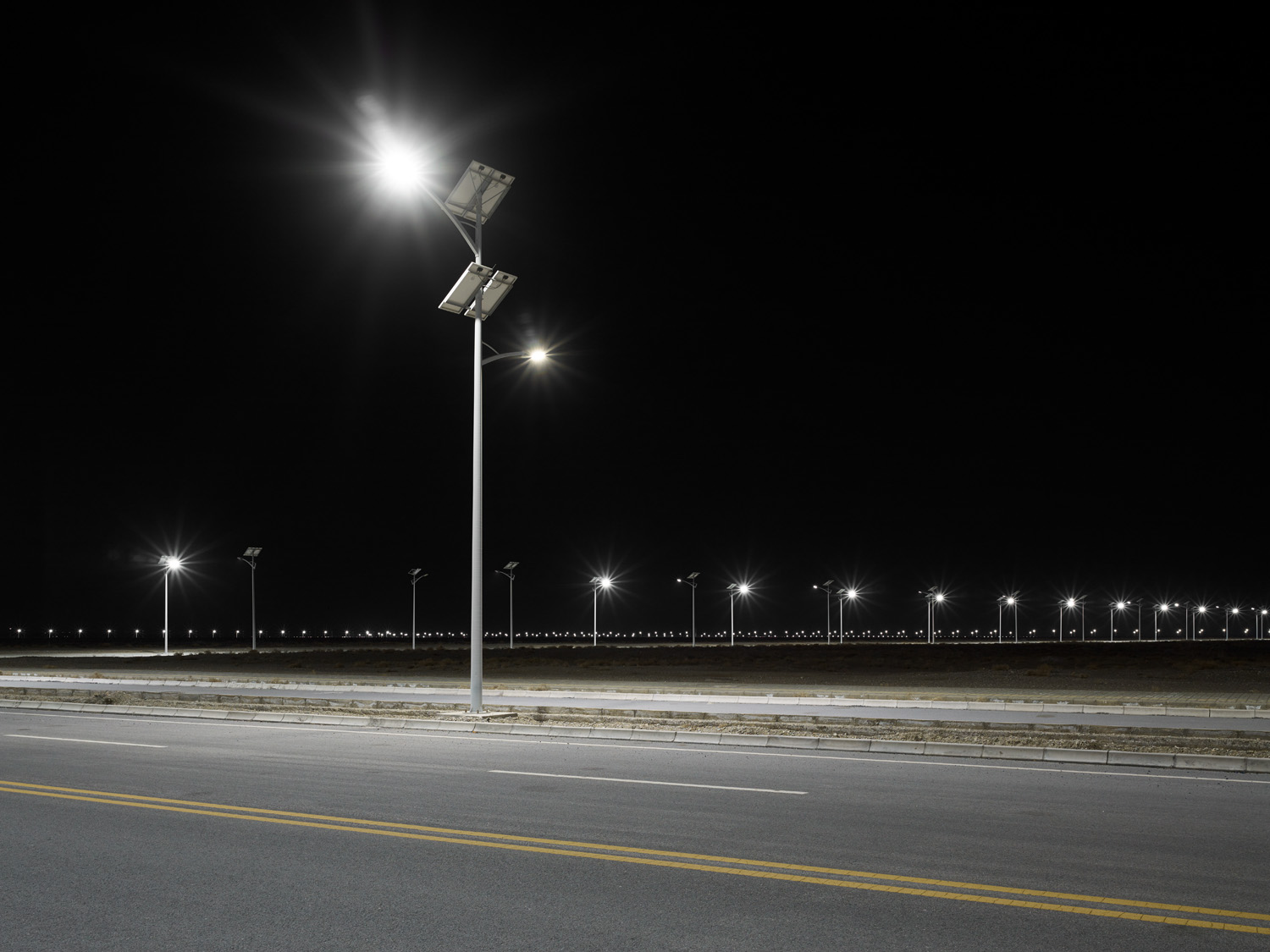 Autonomous solar-powered street light system with more than 2000 units. Delingha, Qinghai Province.
Autonomous solar-powered street light system with more than 2000 units. Delingha, Qinghai Province.Prix Photoforum 2019, Photofrum Pasquart, Biel/Bienne

